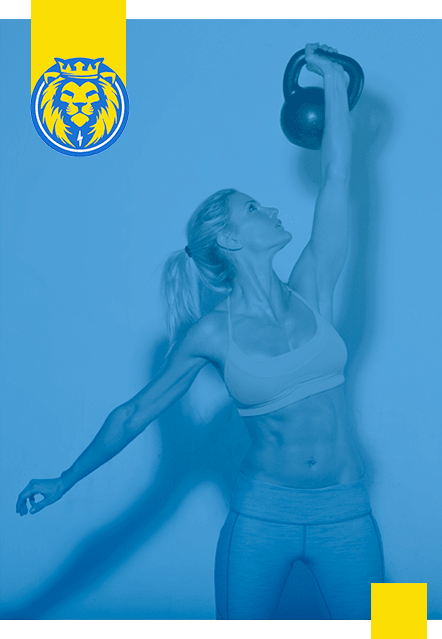
Your Back Pain Could Be Hiding In The Front
Is it your back or your front? Well... if you're experiencing back pain, it could actually be both!
The psoas is a major hip flexor muscle that runs from the lumbar region of the spine to the front and inner side of the thigh. This muscle, along with your other smaller hip flexor muscles is responsible for pulling the leg upwards toward the chest.
While having weak hip flexor muscles can be problematic, it's more common for these muscles to announce themselves when they become overactive or tight.
If you've ever experienced a catching sensation when going from seated to standing, it's more than likely being caused from a tight and overactive psoas muscle. Because this muscle is responsible for pulling the leg upward, it is in a constant shortened or engaged position when seated. Standing straight up causes the psoas to extend and stretch. If it’s tight, the thigh will essentially tug on the muscle which is attached to the lumbar spine. This is one of the many reasons sitting can cause back pain.
It may also surprise you, but strengthening the "core" can increase your likelihood of experience back pain caused from tightness in the psoas. It's important to recognize that the core does not refer only to the abdominal muscles. It also refers to the erectors in the back and stabilizers on the sides. A well-balanced training program should incorporate all these muscles to prevent overactive and tight hip flexors.
Unfortunately, research is still mixed on whether or not stretching hip flexors is the best route to alleviate tightness and back pain. Some studies show an increase in back injury from stretching the hip flexor muscles. With that being said, using a foam roller or well place lacrosse ball just above the front of the thigh and just medial to the pelvis has been shown to help reduce psoas tightness. Massage and body work has also been proven to help.
Alternatively, the best method for preventing your hip flexors from causing back pain is to never let it get to that point in the first place. While stretching is not advised for already overactive hip flexors, stretching to prevent tightness is. So If you have a job that requires frequent sitting, it's always good advice to get up and move frequently and perform some light stretches, while incorporating some strength training and soft tissue work into your maintenance routine.
